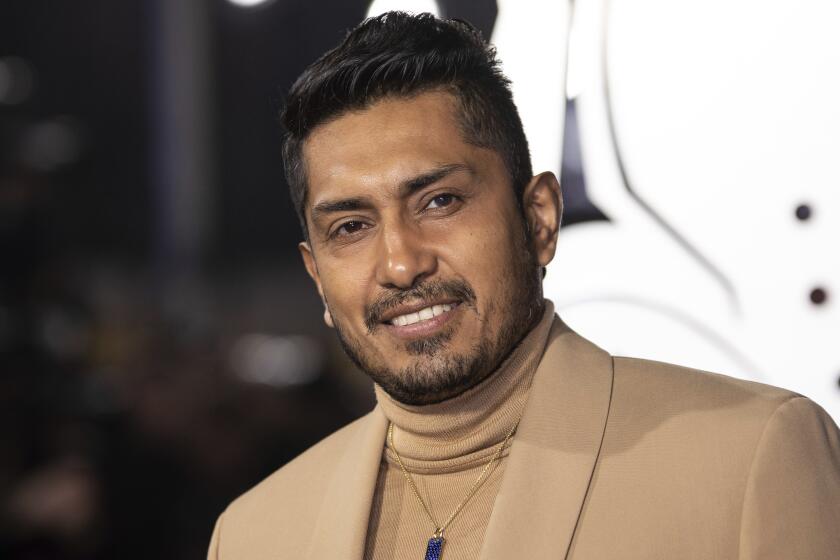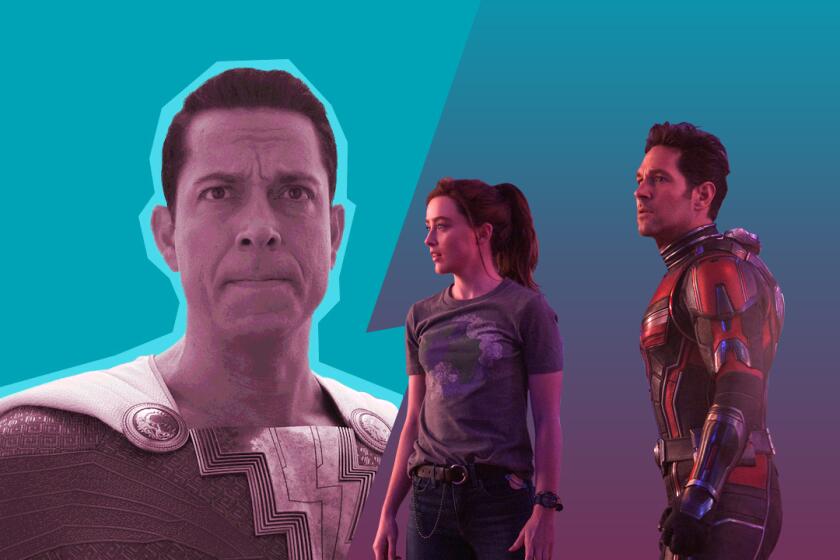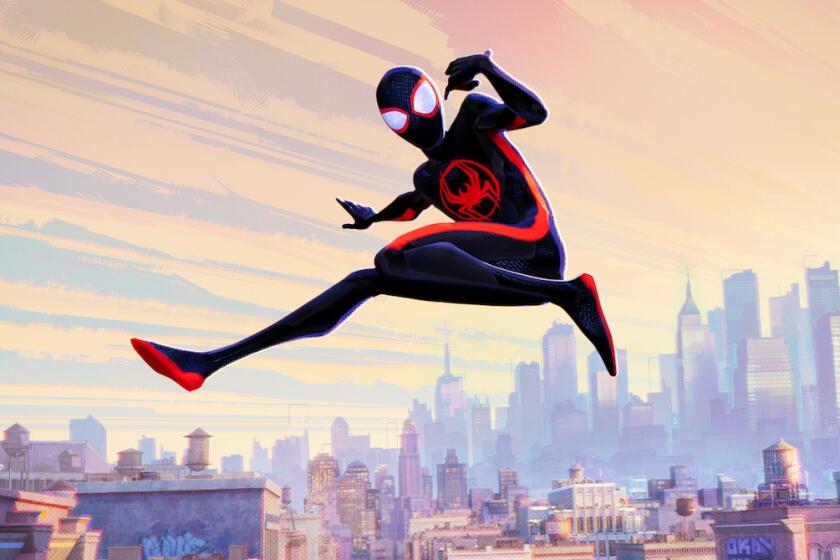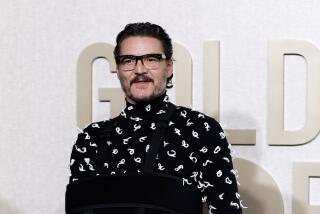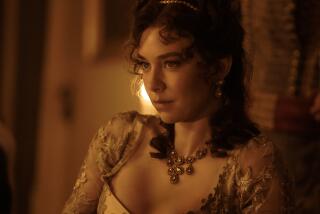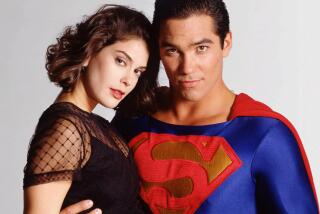Does Disney+ ‘Stan Lee’ documentary give Jack Kirby his due?
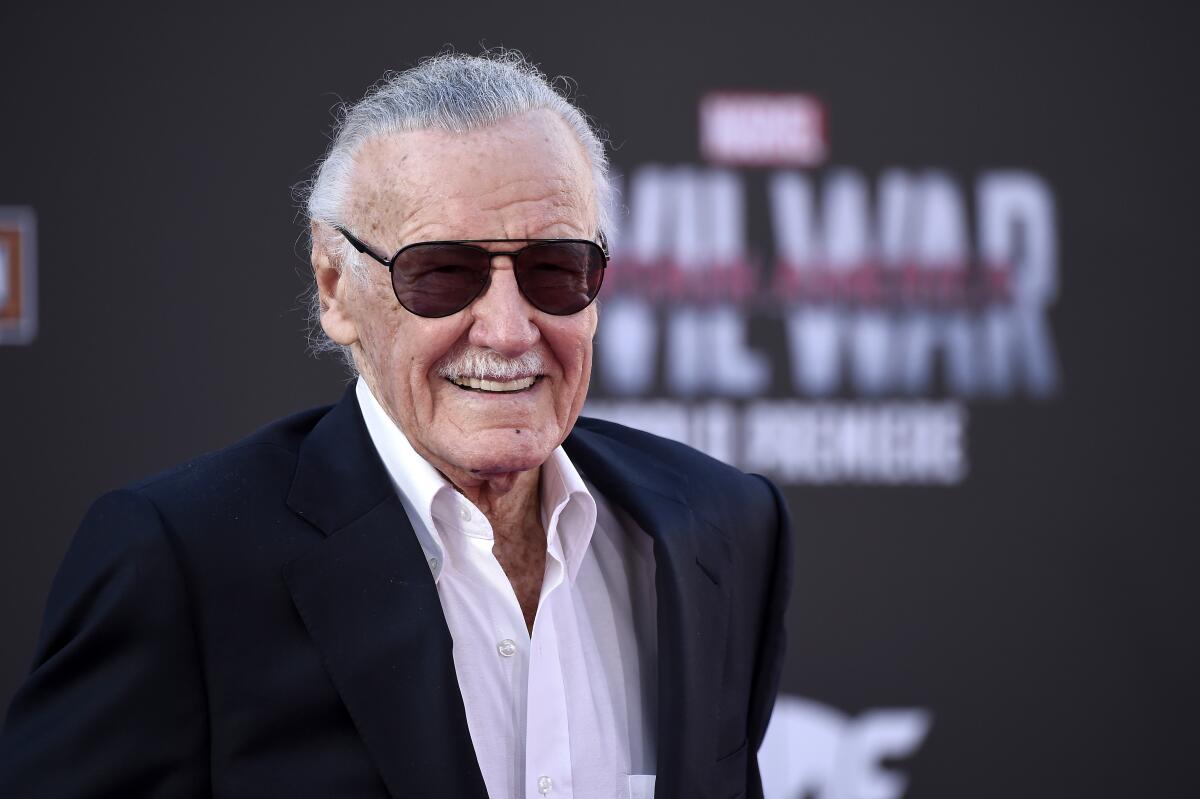
Five years after Stan Lee’s death, a new Disney+ documentary gives the comic book legend his closeup, zooming in on the life of the man who became the face of Marvel Comics.
In “Stan Lee,” which was released Friday, Lee narrates his own story, with recordings that trace his career from his early days working as an assistant in comics publishing houses to the explosion of today’s Marvel Cinematic Universe.
It’s a depiction that doesn’t sit well with the son of Jack Kirby, a comic book artist who was one of Stan Lee’s closest collaborators. Kirby — both prolific and highly regarded — is widely credited with helping create some of Marvel’s most well-known superheroes, such as Captain America, Thor, the Eternals, Black Panther and the Fantastic Four.
Kirby’s son, Neal Kirby, issued a lengthy statement over the weekend, criticizing the new Disney+ documentary for not going far enough in giving his father his due. He accused the filmmakers of glossing over Kirby’s contributions in service of Lee’s image and ego, calling the documentary “Stan Lee’s greatest tribute to himself.”
When he got his start in the 1940s, Stan Lee was embarrassed by his profession.
Before his death in 1994, Jack Kirby publicly beefed with Lee over who deserved credit for creating certain characters. As his son rehashed the conflict in his recent statement, comic book fans hailed the elder Kirby in online tributes, echoing concerns of Marvel revisionism. Do they have a point?
What Neal Kirby says
Neal Kirby has become a spokesperson for his father’s legacy in recent years, appearing at premieres for some of Marvel’s biggest blockbusters, such as “Avengers: Endgame.” On red carpets, he’s been asked how his father might have felt if he’d been able to see his characters on the big screen. This time, he’s channeling some of his father’s old frustrations.
In his statement, Kirby said that after his father left Marvel in 1970, Lee used a “corporate megaphone and media” to “create his own mythos” on how Marvel’s main characters came to be. He accused Lee of repeatedly boosting himself by slapping his “co-creator” title on every character. “He made himself the voice of Marvel,” Kirby said, adding that the Disney+ documentary is an extension of this.
Saxophonist María Elena Ríos has accused ‘Black Panther: Wakanda Forever’ star Tenoch Huerta of sexual assault and called him a ‘predator.’
He homed in on scenes in the film that discuss the creation of the Fantastic Four, Marvel’s response to rival DC Comics’ Justice League characters. “Lee spends a fair amount of time,” he said, “talking about how and why he created the Fantastic Four, with only one fleeting reference to my father.” His father, he said, based the characters on a 1957 DC comic he created, going so far as to name the Thing, Ben Grimm, after his own father, Benjamin, and the Invisible Woman’s Susan Storm after daughter Susan.
Neal Kirby went on to lament that although Lee regularly made cameos in Marvel films, his father didn’t get his own film credit until the 2008 “Iron Man” film.
“The battle for creator’s rights has been around since the first inscribed Babylonian tablet,” Kirby wrote, ending his statement. “It’s way past time to at least get this one chapter of literary/art history right.”
What the genre’s historians say
Comic book historians have lauded Jack Kirby as a master illustrator who dictated a visual language of heroes that survived the transition to the big screen, playing a part in generating billions of dollars.
Among those heroes were the Fantastic Four. Historian Stephen Krensky described their creation as an equal collaboration, in which Kirby not only drew the heroes but also drafted the story and name of each character.
Too much content, too fast. The drive to put out more and more superhero material could ultimately prove bad for business.
Lee and Kirby created the characters using a collaborative approach instituted by Lee in which the writer and artist would discuss story ideas together. The roles had previously been isolated, according to comic book writers Mark Evanier and Steve Sherman, who wrote Kirby’s biography for the Jack Kirby Museum. They credited Kirby with being “a competent artist, but also a good story-man.”
The pair went on to quote Lee, who in a 1968 interview, republished in the Comics Journal in 1995, described his working relationship with Kirby in which he’d give a raw idea and then Kirby “just about makes up the plots for these stories. All I do is a little editing.”
Kirby left Marvel, feeling that his contributions were underappreciated and that he lacked the space to experiment on his own characters, according to Evanier and Sherman. He went back to DC Comics to work as an editor — he had a prior stint there in the 1950s — before leaving the industry in 1980.
What the documentary says
Although “Stan Lee” does mention Kirby as a collaborator with Lee in the creation of characters, such as Thor, the movie doesn’t give Kirby the same credit for the Fantastic Four that historians do.
Rather than the collaborative method described by historians, the film depicts Lee as the one who came up with the story ideas and character concepts for the Fantastic Four, with Kirby filling in the blanks with his drawings. “I came up with four superheroes I called the Fantastic Four,” Lee’s voice declares in the film.
Yet even though Lee’s voice, largely drawn from archived interviews, does fill most of the film’s hour and 20 minutes, director David Gelb, known for “Jiro Dreams of Sushi,” ensures the movie doesn’t veer too far into hero worship.
Portions of the latter half of the film delve into Lee’s beefs with Steve Ditko over Spider-Man credit, as well as a more public feud over ownership with Jack Kirby. And although Neal Kirby complained the controversy “gets glanced over with little mention,” what does make it into the cut strikes a critical tone toward Lee.
After mentioning Kirby’s departure from Marvel, the film features portions of a radio interview from 1987 between host Warren Reece and Kirby to celebrate the illustrator’s 70th birthday. During the interview, Lee phones in, leading to an impromptu debate between the two over creative ownership.
The stunning animated sequel to the 2018 Oscar-winning ‘Into the Spider-Verse’ blends Abstract Expressionism, storybook illustrations, ballet and punk with a gleefully disruptive attitude.
Lee and Kirby begin by exchanging pleasant recollections of their time together at Marvel. But it devolves into conflict when Lee interjects: “Well I’ll say this: Every word of dialogue in those scripts was mine — every story.”
“Stan, I don’t want to get into controversy about that,” Reece says, trying to steer the conversation away from the debate.
“I can tell you that I wrote a few lines myself above every panel,” Kirby rebuts.
“They weren’t printed in the book,” Lee shoots back.
The segment continues with Lee attempting to soften the argument by saying the “ego problem” is “only cropping up now.”
“I think when Jack and I did the strips,” Lee says, “there was no ego problem — we were just doing the best we could at the time.”
But Kirby signs off from the radio interview by describing the on-air spat as an accurate depiction of “how things really were.”
Representatives for Disney and Lee’s estate did not immediately respond to The Times’ requests for comment.
More to Read
Only good movies
Get the Indie Focus newsletter, Mark Olsen's weekly guide to the world of cinema.
You may occasionally receive promotional content from the Los Angeles Times.
